Obake
A revolutionary idea that takes traditional touch screens to the next level by allowing you to pinch, poke and pull a flexible screen.
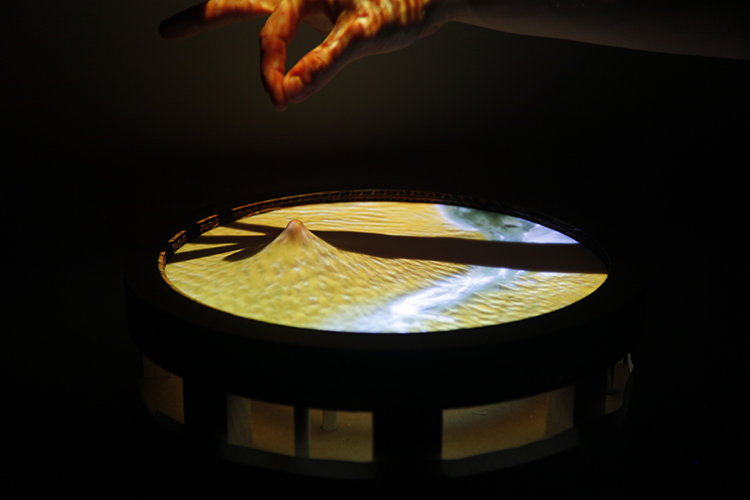
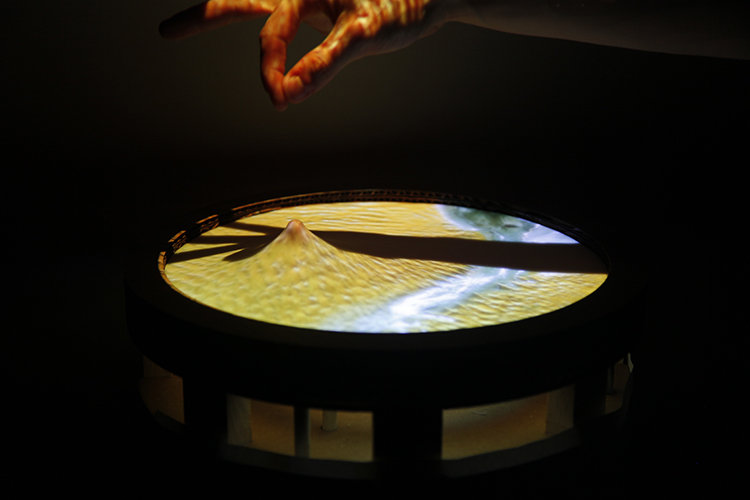
Whilst a number of technological advances in the last ten years have focused on enhancing the 3D realm, a new project from Dhairya Dand and Robert Hemsley, of the MIT Media Lab, explores the potential of 2.5D.
The duo’s aim is to develop gestures to evolve three-dimensional surfaces using 2.5D interaction. Through a cunning combination of optical illusion, depth-sensing cameras and a flat, elastic surface, the project, dubbed ‘Obake’, imagines how we might interact with elastic displays in the future; the example shows a user creating mountains by pulling them out of a screen, draw rivers with fingers, and elevate the entire terrain to see a cut section.
Although it may be hard to imagine the direct impact these (currently prototype) screens may have on the technology industry, and whether they’ll be used commercially, personally, or indeed, whether they’ll be used at all, what we do know is that anything removing barriers and maximizing interaction between the digital and physical world is an important advancement – see Disney’s HideOut project for another example.
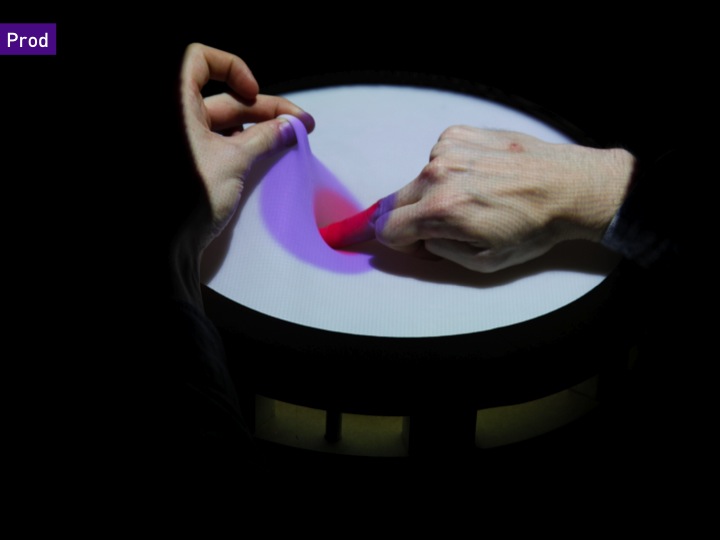
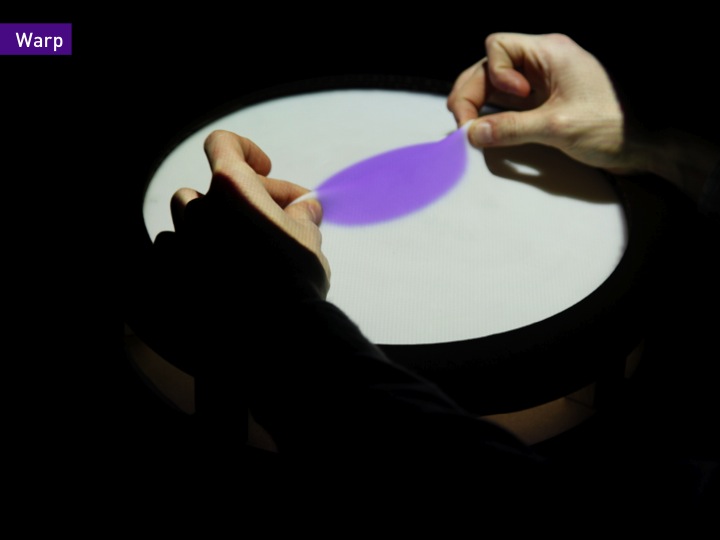
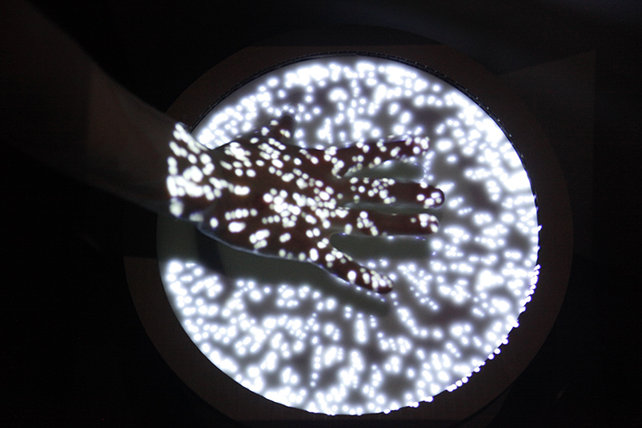



Discussion